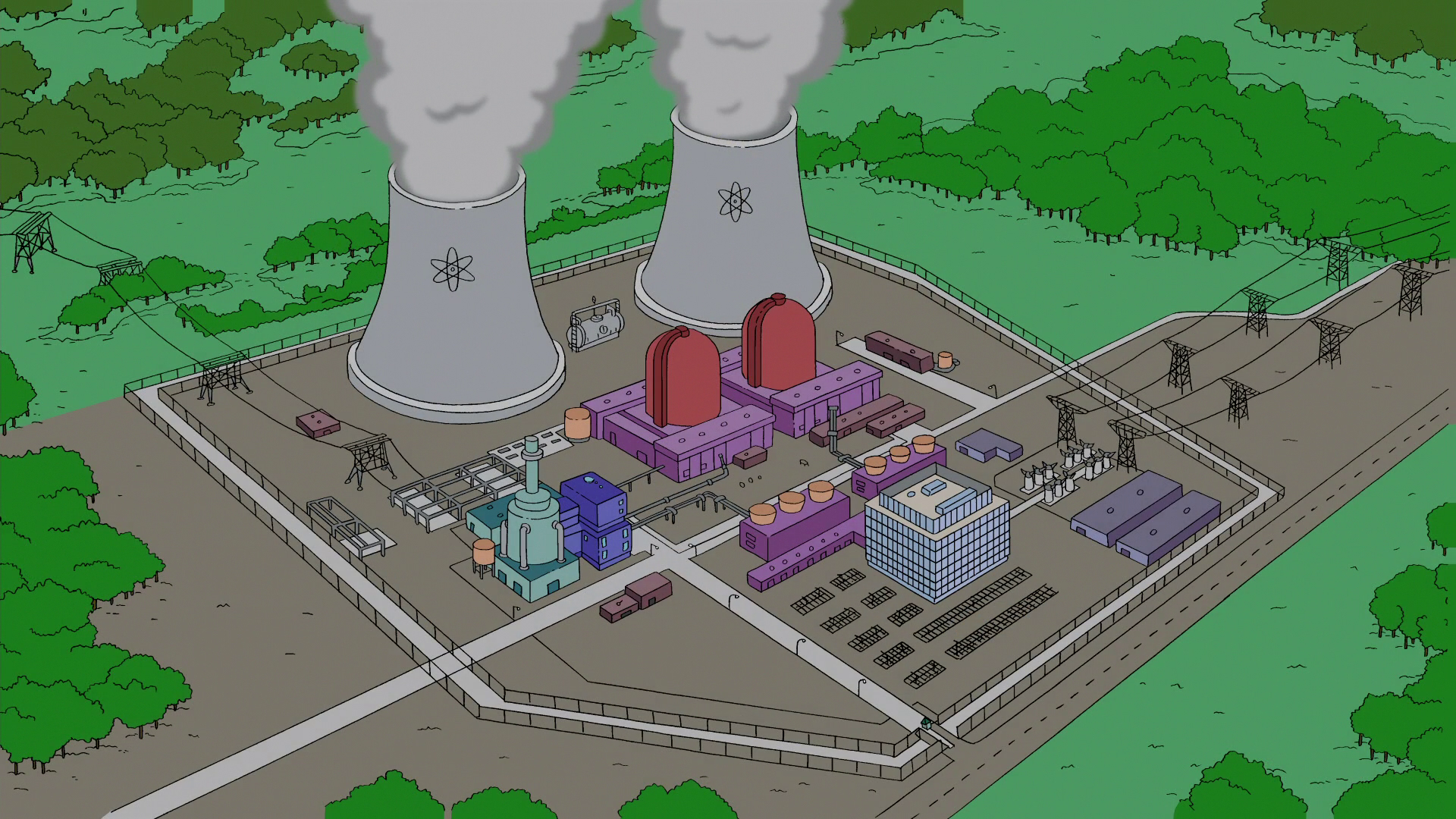

Have a high power density, so a small amount of it can generate a substantial amount of heat.Have a long enough half-life (at least 15 to 100 years), so that it can generate for many years sufficient heat for transformation into electricity.

 Be stable at high temperatures, so its characteristics remain essentially unchanged over many years. Have relatively low neutron, beta and gamma radiation emissions, so as to not adversely affect spacecraft instruments or require excessively massive shielding. Exist in a form such that it presents no or minimal chemical toxicity when taken into the body. Exist in an insoluble form and/or otherwise not be readily absorbed into the body in the unlikely event of a launch accident. To be suitable for space missions, a radioisotope must meet all of the following criteria: Plutonium-238 is not the type of plutonium used for nuclear weapons and would not work well as fuel in a nuclear reactor. Alpha particles are a particular type of ionizing radiation that can be shielded by material as thin as a piece of paper. The fuel in an RPS is plutonium oxide, which is a radioactive material that produces alpha particles. Emissions Avoided by U.S.A plutonium-238 fuel pellet, glowing with the heat it produces. Find out how nuclear energy protects the environment and public health. Nuclear energy is the largest source of carbon-free electricity, but it doesn’t stop there. Top 15 Nuclear Generating Countries (2018). World Nuclear Power Plants in Operation. See statistics for the worldwide nuclear industry. Nuclear energy is a clean, reliable force for good around the world. Used Fuel Storage and Nuclear Waste Fund Payments by State. Nuclear Waste Fund Payment Information by State. Decommissioning Status for Shutdown U.S. Nuclear Industry Yearly Power Uprates and Capacity Additions Nuclear Plant Actual and Expected Uprates by Plant Second License Renewal Filings for U.S. Intial License Renewal Filings for U.S. Nuclear Plants in Regulated and Deregulated States. Nuclear Operating Plant Basic Information Nuclear Industry Capacity Factors (1980-2020) Electricity Generation Fuel Shares (1949-2020) State Electricity Generation Fuel Shares. Nuclear Generating Statistics (1971-2020) Get the stats behind the world-class operations and standards that make the U.S.
Be stable at high temperatures, so its characteristics remain essentially unchanged over many years. Have relatively low neutron, beta and gamma radiation emissions, so as to not adversely affect spacecraft instruments or require excessively massive shielding. Exist in a form such that it presents no or minimal chemical toxicity when taken into the body. Exist in an insoluble form and/or otherwise not be readily absorbed into the body in the unlikely event of a launch accident. To be suitable for space missions, a radioisotope must meet all of the following criteria: Plutonium-238 is not the type of plutonium used for nuclear weapons and would not work well as fuel in a nuclear reactor. Alpha particles are a particular type of ionizing radiation that can be shielded by material as thin as a piece of paper. The fuel in an RPS is plutonium oxide, which is a radioactive material that produces alpha particles. Emissions Avoided by U.S.A plutonium-238 fuel pellet, glowing with the heat it produces. Find out how nuclear energy protects the environment and public health. Nuclear energy is the largest source of carbon-free electricity, but it doesn’t stop there. Top 15 Nuclear Generating Countries (2018). World Nuclear Power Plants in Operation. See statistics for the worldwide nuclear industry. Nuclear energy is a clean, reliable force for good around the world. Used Fuel Storage and Nuclear Waste Fund Payments by State. Nuclear Waste Fund Payment Information by State. Decommissioning Status for Shutdown U.S. Nuclear Industry Yearly Power Uprates and Capacity Additions Nuclear Plant Actual and Expected Uprates by Plant Second License Renewal Filings for U.S. Intial License Renewal Filings for U.S. Nuclear Plants in Regulated and Deregulated States. Nuclear Operating Plant Basic Information Nuclear Industry Capacity Factors (1980-2020) Electricity Generation Fuel Shares (1949-2020) State Electricity Generation Fuel Shares. Nuclear Generating Statistics (1971-2020) Get the stats behind the world-class operations and standards that make the U.S.










